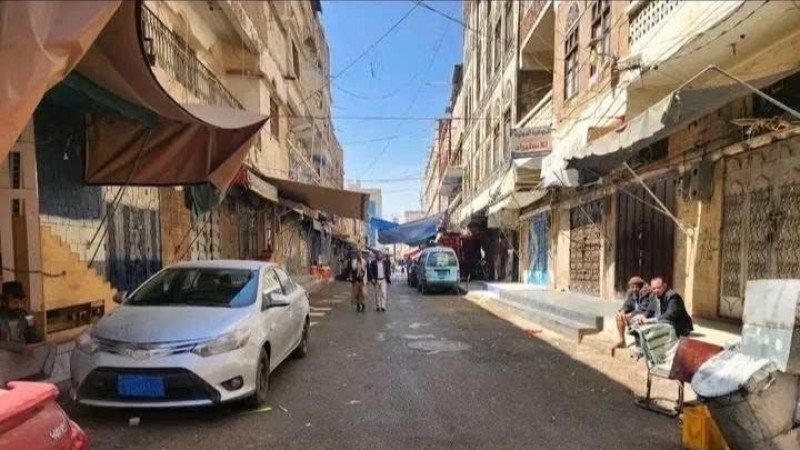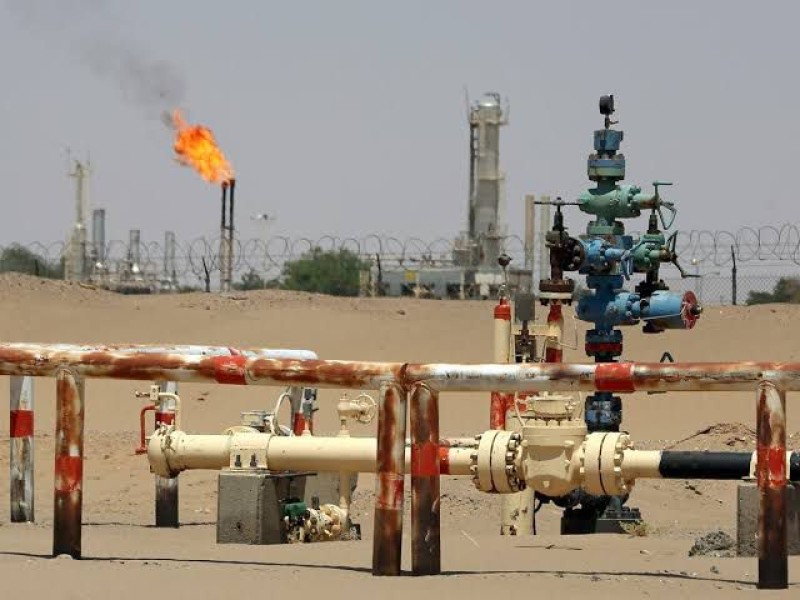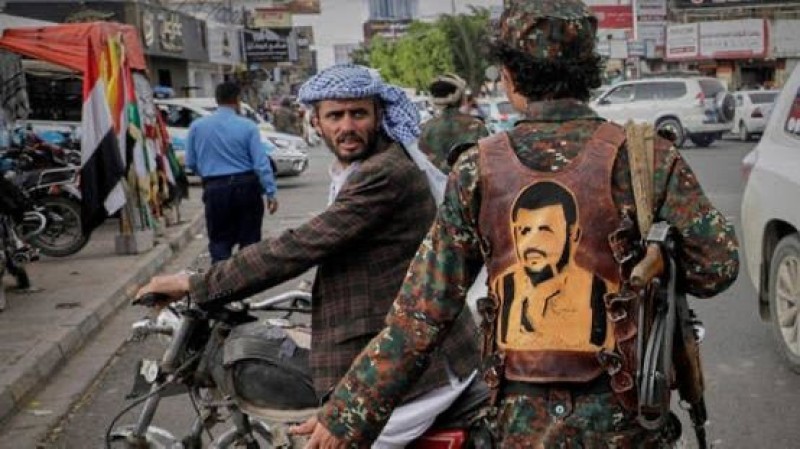Joint INGO letter to USAID


An open letter from six INGOs in Yemen, calling for the US Agency for International Development (USAID) to lift its suspension of humanitarian assistance to northern Yemen.
The letter is signed on behalf of CARE, the International Rescue Committee, Mercy Corps, the Norwegian Refugee Council, Oxfam America, and Save the Children USA.
19 August 2020
Dear Acting Administrator Barsa,
We, the undersigned Chief Executives of six operational International Non-Governmental Organizations in Yemen, call on you to lift the U.S. Agency for International Development’s (USAID) suspension of humanitarian assistance to northern Yemen. We share the U.S. government’s commitment to delivering principled humanitarian aid to Yemenis most in need and harbor no illusions about the difficult operating environment across Yemen. We welcome the collective support and diplomacy of the United States and other donors to achieve this shared goal. However, as some of the largest humanitarian responders in Yemen, we observe that the USAID suspension is increasingly out of step with the humanitarian situation and the realities of our operations on the ground.
Never before have Yemenis faced so many simultaneous challenges. Yemen sits on the edge of famine, large-scale conflict, economic collapse, natural disasters like flooding and locusts, and now a global pandemic. In such dire circumstances, it is not justifiable to withhold funding for some humanitarian activities in order to leverage improved operating conditions for others. We urge you to abandon the suspension and restore USAID funding wherever partners can operate in a principled manner.
First, since the suspension was rolled out, humanitarian suffering in Yemen has plumbed new depths as COVID-19, increasing conflict, and economic collapse have compounded Yemen’s misery.
The situation on the ground has significantly changed for the worse since donors discussed recalibrating assistance in Brussels in February and this U.S. suspension began in March. The first cases of COVID-19 emerged in Yemen just two weeks after the suspension took effect, creating a new crisis within a crisis. After more than five years of conflict, the country is ill-equipped to prepare and respond to COVID-19. Yemen faces widespread damage and destruction of hospitals, water and sanitation systems, and other critical civilian infrastructure. We expect the COVID-19 outbreak in Yemen to be one of the worst in the world in terms of both its immediate devastation to a highly vulnerable population and its wider impact that has left the economy on the brink of collapse, renewed the threat of famine, and overstretched limited resources to respond to other humanitarian needs. Though we appreciate that a lack of widespread testing means positive cases are more likely to be severe, it is alarming that the official case fatality ratio for COVID-19 in Yemen is more than five times higher than the global average – higher than in any other country.
While the scale and severity of COVID-19 alone demands a reevaluation of any measures to reduce humanitarian assistance in Yemen, it is not the only challenge that has emerged since March. Conflict has further escalated this year. Bombings in the first half of 2020 more than doubled the rate of the previous six months and nearly 40% hit civilians or civilian objects. Seven new frontlines emerged, driving over 100,000 Yemenis from their homes this year. At the same time, the Yemeni economy and its currency are in freefall. The Central Bank of Yemen’s funds remain at dangerously low levels. Without intervention, the Yemeni riyal may lose half of its value this year and result in a doubling of food prices. The price of food is already up by 36% in Sana’a. At the same time, COVID-19 restrictions leave Yemenis facing lost livelihoods and an estimated 70% drop in remittances, a critical source of income. There is a renewed threat of famine and almost half of all children under the age of five are expected to be malnourished by the end of this year.
While NGOs still contend with constraints on humanitarian access and the risk of aid diversion, the most significant challenge to sustained life-saving humanitarian action today is the severe shortfall in funding, which has been exacerbated by the U.S. suspension. This year’s annual pledging conference drew record low commitments. More than halfway through the year, Yemen has received only 21% of the required humanitarian funding. We gratefully recognize the U.S.’ role as the largest humanitarian donor to Yemen and urge other donors to step up to fill these dire funding gaps. But, every available dollar that remains un-programmed at this stage of the crisis risks the lives and livelihoods of the most vulnerable.
Second, USAID’s proposed “carve-outs” have not provided enough funding or latitude to fully sustain life-saving aid and ensure a sufficient NGO presence on the ground.

Sana’a – A new international report has confirmed that Houthi militias continue to escalate economic measures against the commercial se…

Aden — For three decades prior to the outbreak of war, Yemen’s oil and natural gas sector played a decisive role in shaping the country…

Sana’a – The occupied Yemeni capital Sana’a is witnessing mounting economic panic and a sharp collapse in the real estate market…